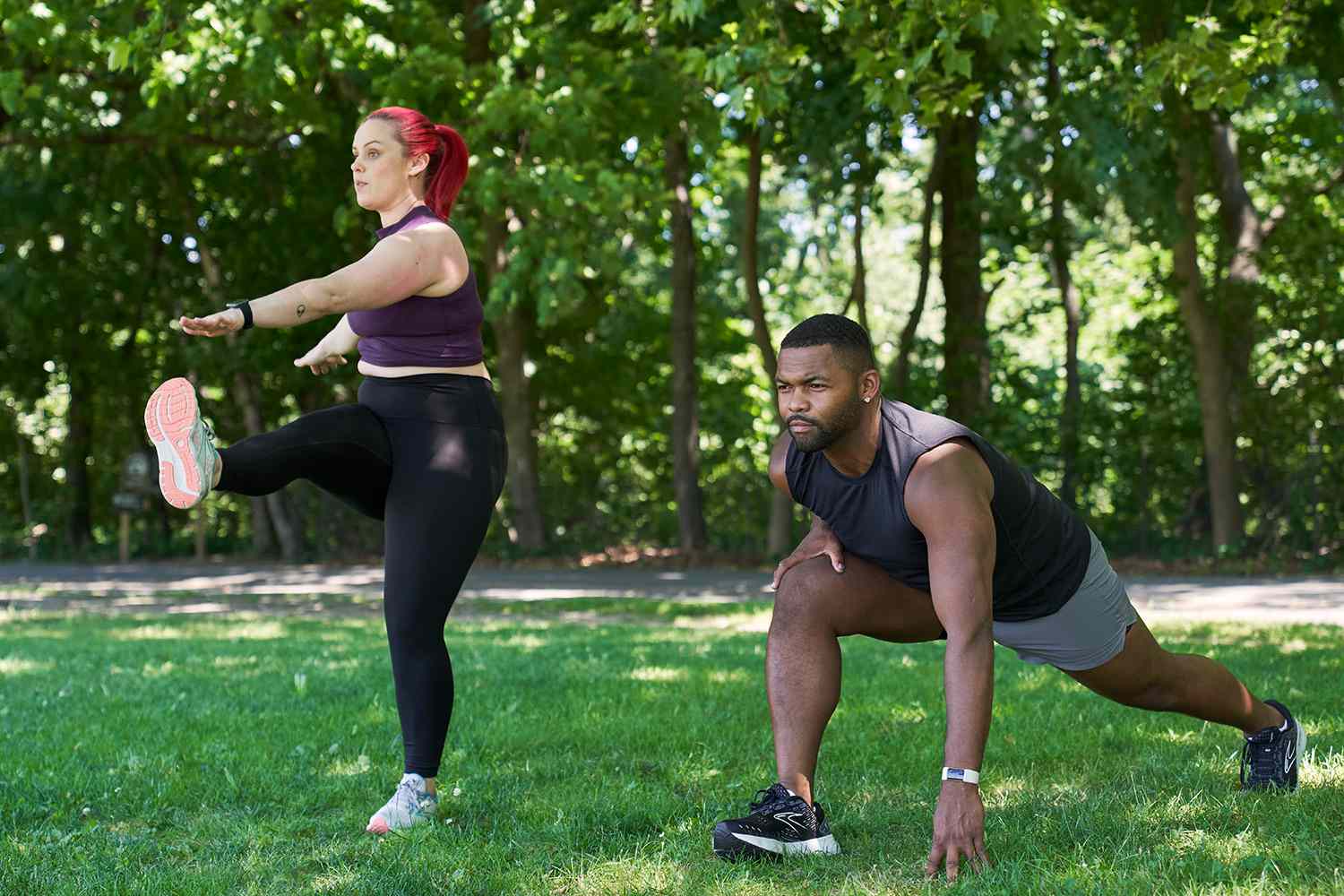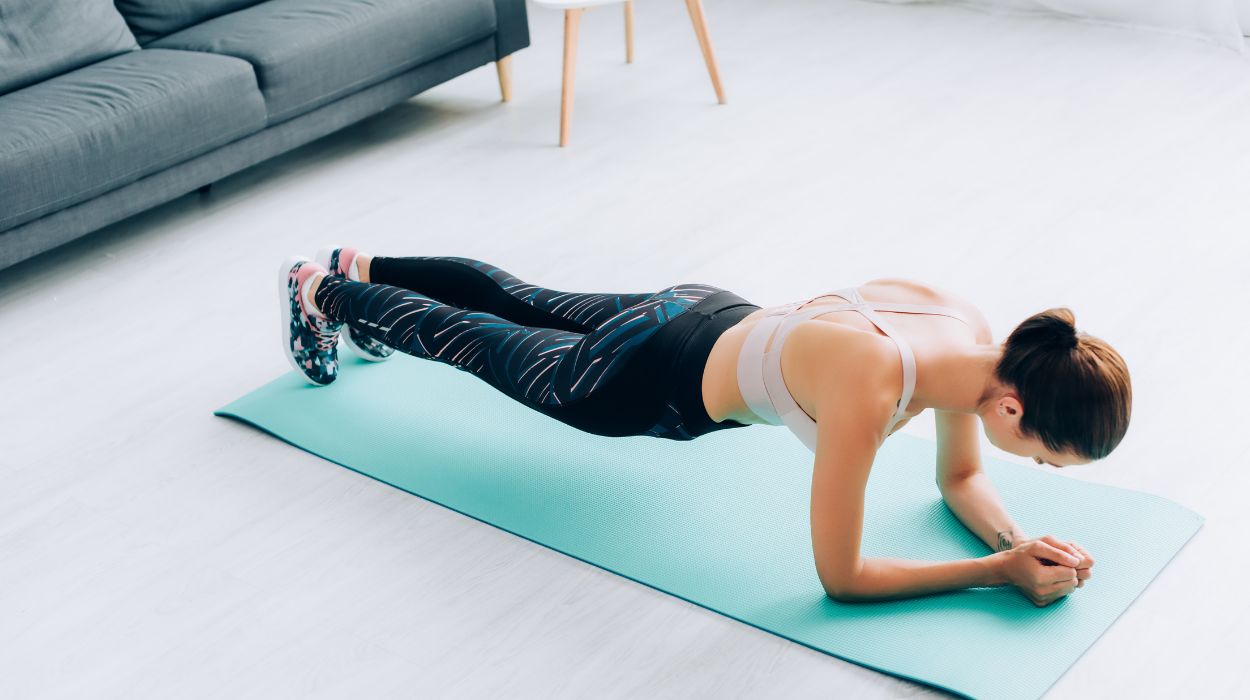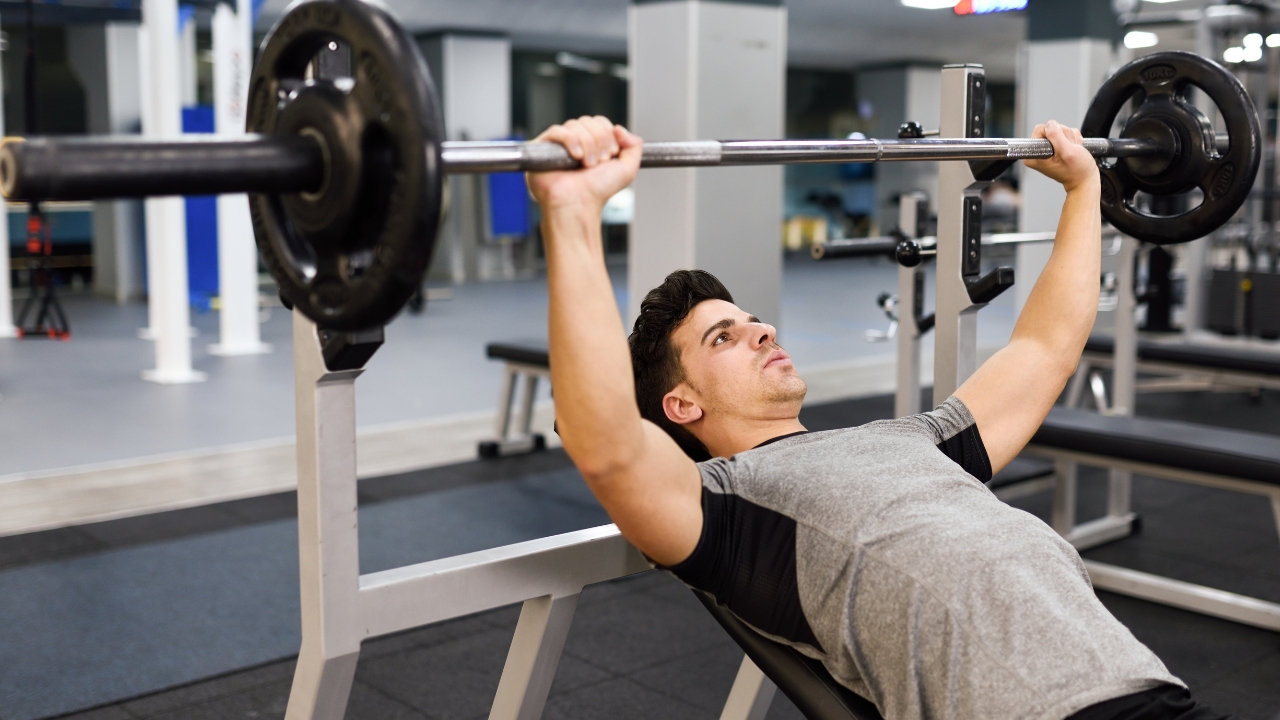Dynamic warm-ups are essential for getting your body ready for exercise. They engage your muscles, increase blood flow, and improve range of motion. Incorporating dynamic warm-ups into your routine can enhance performance and reduce the risk of injury during workouts.
This article will introduce you to six key dynamic warm-up moves that will prepare your body effectively. Each movement is designed to activate different muscle groups, ensuring you are prepared for any workout, whether it’s strength training or cardio.
Staying fit requires not just hard work but smart practices. By taking a few minutes to perform these warm-up exercises, you can make your workouts more efficient and enjoyable. You’ll feel the difference right away.
Key Takeaways
- Dynamic warm-ups boost your performance and help prevent injuries.
- Incorporate these movements into your pre-workout routine for the best results.
- Engaging in a proper warm-up can lead to more effective workouts.
Benefits of Dynamic Warm-Ups
Dynamic warm-ups offer many advantages that prepare your body for physical activity. They help increase muscle performance, prevent injuries, and improve your flexibility and mobility. Here’s a closer look at these benefits.
Enhanced Muscle Performance
Dynamic warm-ups boost your muscle performance by activating the muscles you will use during your workout. These exercises help gradually raise your heart rate and improve blood flow to your muscles.
Increased blood flow delivers more oxygen and nutrients, allowing your muscles to function at their best. This process reduces muscle stiffness, making it easier for you to engage in intense activities. With effective warm-ups, you can enhance your endurance and strength, leading to better athletic performance.
Injury Prevention and Increased Blood Flow
Incorporating dynamic warm-ups into your routine lowers the risk of injuries. By warming up, you prepare your body for the stress of exercise.
These movements increase your heart rate and blood flow, improving circulation to your muscles and joints. Warmed-up muscles are less prone to pulls and strains, which is crucial for preventing injuries during physical activities. Enhanced mobility also allows for smoother and safer movements, which can protect against falls and accidents.
Improved Range of Motion and Flexibility
Dynamic warm-ups help enhance your range of motion and flexibility. These movements involve stretching and engaging multiple muscle groups, which prepares your body for various motions.
As you perform dynamic stretches, such as lunges and arm circles, you promote joint mobility. Increased flexibility allows your body to move freely, which is essential for both performance and injury prevention. You might notice that your movements feel more fluid and much easier during your workout after a proper warm-up.
Key Dynamic Warm-Up Movements
Dynamic warm-ups are vital for preparing your body for exercise. They help activate muscles, increase range of motion, and reduce injury risk. Focus on movements that target various muscle groups to ensure your body is ready for the workout ahead.
Lower Body Activation
To effectively engage your lower body, include exercises that target your glutes, hamstrings, quadriceps, and hip flexors.
Leg Swings: Stand beside a wall for balance. Swing one leg forward and backward. This stretches your hamstrings and hip flexors while activating your glutes.
Forward Lunges: Step forward into a lunge position, keeping your front knee above your ankle. This move warms up your quads, hamstrings, and hips.
Band X Crossover Lateral Walk: Place a resistance band around your legs, just above your knees. Step sideways, keeping tension on the band. This targets your hip abductors and ensures proper joint mobility.
Upper Body Mobility
For upper body mobility, focus on movements that open up your chest, shoulders, and back.
Jumping Jacks: This classic exercise gets your heart rate up while warming up your shoulders and arms. Jump outwards while raising your arms overhead.
Arm Circles: Stand with arms extended. Make small circles going forward for 30 seconds, then backward. This movement increases shoulder flexibility.
Torso Twists: Stand with feet shoulder-width apart and twist your torso to one side, then the other. This stretches your spine and warms up your core muscles.
Core and Back Preparation
Activating your core and back is essential for protecting your spine during workouts.
High Knees: Run in place, bringing your knees to hip level. This engages your core and warms up your lower back.
Bird-Dogs: Start on hands and knees. Extend your right arm forward and left leg back, then switch sides. This stabilizes your core and improves balance.
Cat-Cow Stretches: In the same position, alternate between arching your back and scooping it. This dynamic stretch enhances spinal mobility and activates back muscles.
These movements create a well-rounded warm-up to prepare your body effectively.
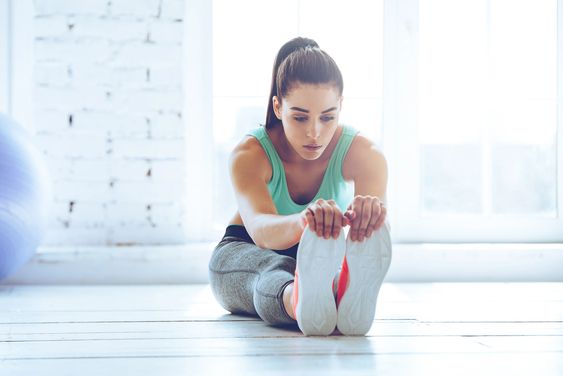
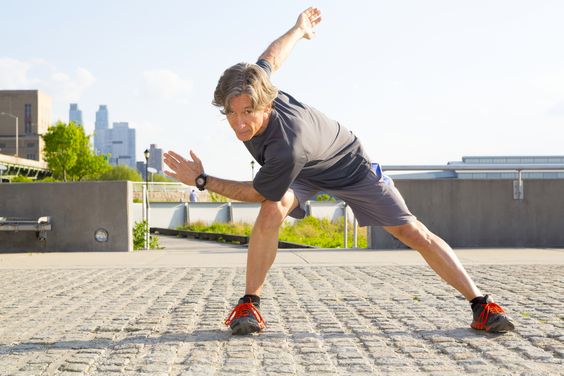
Integrating Dynamic Warm-Ups into Your Routine
Incorporating dynamic warm-ups into your workout routine is essential for improving performance and preventing injury. Dynamic exercises prepare your muscles and joints for physical activity by promoting blood flow and flexibility. Here are some effective ways to integrate these warm-ups into your various workouts.
Before Resistance Training
Before resistance training, a proper warm-up can enhance your strength and power. Begin with 5-10 minutes of light cardio, like jogging or skipping. Follow this with dynamic stretching that targets major muscle groups. Exercises such as bodyweight squats and arm circles will engage your muscles and increase their range of motion.
Move from larger muscle groups to smaller ones. Include specific movements like leg swings and hip circles. This approach helps activate your core and stabilizing muscles. It also prepares your body for the movements you’re about to perform. Avoid static stretching before lifting, as it may reduce your strength during the workout.
Pre-Cardiovascular Exercises
Before cardiovascular exercises, it’s important to get your heart rate up and muscles ready for action. Start with some light jogging or jumping jacks for a few minutes. This increases blood circulation and warms your body.
Next, incorporate exercises like high knees, butt kicks, and dynamic lunges. These movements involve dynamic stretches that mimic the activities you will do during your cardio session. They prepare both your upper and lower body, improving coordination and agility.
Always focus on smooth transitions between exercises. This keeps your heart rate elevated and effectively sets the stage for an intense workout. Ensuring that your muscles are engaged can help improve endurance and reduce the risk of injury.
Sport-Specific Dynamic Warm-Ups
If you play a specific sport, including sport-specific dynamic warm-ups is crucial. Tailor your warm-up routine to the movements required for your sport. For example, soccer players can benefit from lateral lunges and leg swings to prepare for running and kicking.
Consider including sport-specific drills, such as dribbling for basketball players or shuttle runs for football players. These drills enhance movement patterns used during the game. They help your body adapt to the demands of your sport.
By including these specific warm-up exercises, you are less likely to experience injuries and can improve your overall performance. Focus on movements that enhance coordination and agility relevant to your sport.
